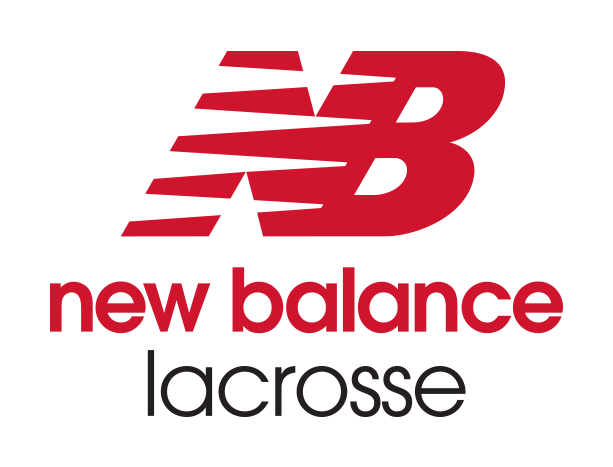Q&A: Relegation Revelation
- Opinion
- Atlantic Lacrosse Conference
- Continental Lacrosse Conference
- Lone Star Alliance
- Pacific Northwest Collegiate Lacrosse League
- Rocky Mountain Lacrosse Conference
- SouthEastern Lacrosse Conference
- Southwestern Lacrosse Conference
- Upper Midwest Lacrosse Conference
- Western Collegiate Lacrosse League
by Jac Coyne | MCLA.us
LA CROSSE, Wis. – My kids go to a small, Catholic high school in a relatively large city by Wisconsin standards. While they play all of the surrounding city schools, which are predominantly Division II (the second-highest level), our high school is traditionally Division IV based on school size. Our school has had a lot of success, winning numerous state championships in several sports.
Alas, the Wisconsin interscholastic entity has mandated that if you win a championship in a sport, you have to bump up a division. It’s not school-wide, just in that specific sport. So now a lot of the teams are playing up one or two divisions in their respective sports despite having half of the student-body size of most of their competition.
Honestly, I don’t hate the concept. It might cut down on t-shirts and banners on the wall, but it gives the student-athletes a chance to test themselves against a tougher group of teams in the postseason. That is ostensibly the whole purpose of high school athletics and sports in general – with the exception of those guys who sandbag their golf handicap, but I digress. And if schools can’t handle it for a couple of years, they get shuffled back down to their original home. Would this work in the MCLA?
QUESTION: Why are the arguments for and against regulation? [Author prefers anonymity]
ANSWER: At a fundamental level, I don’t mind having the worst team in each conference’s Division I membership move to Division II and D-II’s finest getting the call up to D-I. The old school D-II types will prattle on about how their division is not a ‘developmental league,’ but I think we’ve moved past that considering all of the former D-Is that have moved.
There are a lot of obstacles that would need to be addressed, however.
1. Anomalies. As much as I might like the relegation concept, the MCLA would have to build in at least a two-year window. The possibility of a high-end Division I team getting depleted by injuries or perhaps ineligible players only to return the following year fully healthy and loaded but now in D-II wouldn’t help anyone. Similarly, a D-II team that goes on a one-year heater because of a roster full of seniors doesn’t need to get slaughtered for a season before dropping back down at the end of a winless D-I season. There has to be a level of consistency, one way or another, for a decision for relegation to kick in.
2. Scheduling. Not in the deadline sense; there is still plenty of time from the end of the season to January to craft a schedule. It’s more of honoring rivalries while still hitting the minimums to qualify for nationals. For instance – and bear with me on this example, as it’s strictly hypothetical and meant as no disrespect – Utah hits a rough patch and gets relegated to D-II for a season in the RMLC while Air Force or Montana State get the call up. The Utes are still going to want to play BYU, UVU, Colorado, etc., because that is the expectation and it’s where they want to get back to. They’ll play the D-II conference teams and hit the non-conference requirements to be eligible. It’ll just be a very clumsy schedule for a team that clearly doesn’t want to be there.
3. Subdivisional Issues. In their current forms, six of the nine conferences have some sort of subdivisional (North-South, East-West, etc.) breakdown in one of their divisions. As such, it can make for an awkward substitution if relegation occurs. For example – and this is strictly for illustrative purposes – the ALC finishes its season and Temple is relegated to D-II and UNC-Charlotte gets the call-up. If we’re going for a straight switch, the Owls would be headed to the ALC South, meaning at least two road trips from Philly to the Carolinas. Similarly, the 49ers would potentially have to head to Pennsylvania, West Virginia and Kentucky.
What would likely have to happen is a reshuffling of the subdivisions every relegation period, which is messy and could muck up a lot of home-and-home agreements that are made in advance. In addition, if you have two teams that are at the bottom of their respective D-I subdivision, which one gets relegated if they never played head-to-head? Flip a coin? Strength of schedule? It’s another ugly question with no great answers.
Movement in the MCLA is a lot easier than it has been in the past, so as much as I like the concept of relegation, I’m not sure it’s necessary. Earlier this spring, the board voided a rule that mandated teams playing at institutions with a varsity entity had to join the MCLA in Division I. Those teams can still join D-I if they choose, but have the option to get a little traction without get boat-raced on a weekly basis by established programs. It seems like the right choice.
Questions about the MCLA? Email info@mcla.us.
Arminio Steps Down at Auburn
Britton named new coach of the Tigers
- General News
- SouthEastern Lacrosse Conference
Bassett Named Arizona Head Coach
Former Wildcat returns to bring Wildcats back to nationals
- General News
- Southwestern Lacrosse Conference












